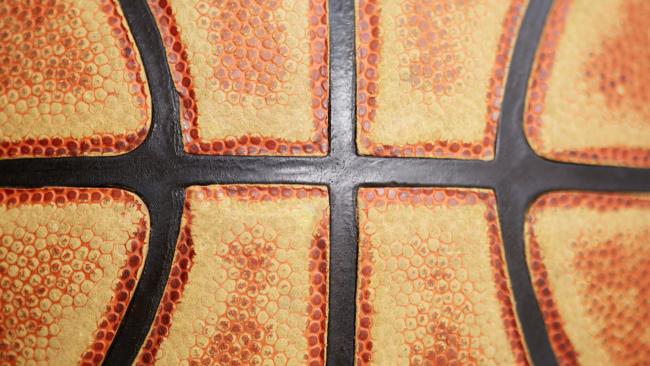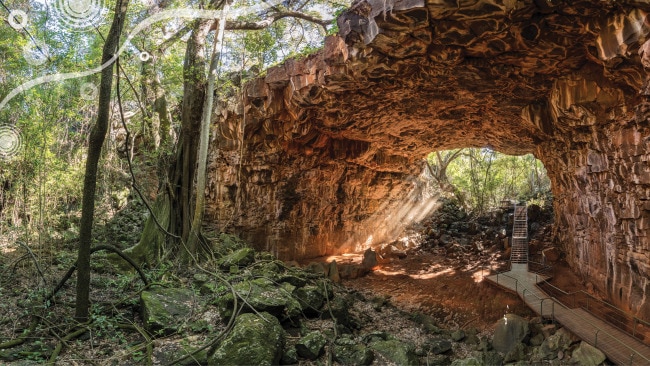A beginner's guide to the NBL
IT was way back in 1979 that 10 Australian basketball clubs came together to form the National Basketball League.

Almost four decades later the NBL currently features eight teams (it had as many as 17 in 1984) and is stronger than ever in terms of the high quality on-court action, extensive media coverage and increasing support from fans and sponsors.
The 2017-18 season marks the NBL’s 40th anniversary and basketball is booming in Australia for the first time since the early 90s. Virtually every team played in small stadiums in the NBL’s early years and most could only hold about 500 spectators. These days, teams play in huge entertainment centres to sellout crowds, with the Perth Wildcats regularly drawing upwards of 10,000 fans to home games. Incredibly, the Wildcats haven’t missed the NBL play-offs for 31 straight season and are well-placed to make it 32 in 2017-18. The 10 teams that battled out the inaugural NBL season were the Canberra Cannons, Nunawading Spectres, West Adelaide Bearcats, St Kilda Saints, Brisbane Bullets, Newcastle Falcons, City of Sydney Astronauts, Illawarra Hawks, Glenelg Tigers and Bankstown Bruins. St Kilda won the 1979 grand final and repeated as champions in 1980, before merging with the Eastside Melbourne Spectres to become the South East Melbourne Magic. The joint venture won the NBL title in 1992. Thirty-seven clubs have come and gone since the NBL commenced and none have been more successful than the Perth Wildcats (eight championships). The Wildcats entered the league in 1982, claiming their first title in 1990, and have won the past two grand finals. The other seven teams comprising today’s NBL are the Sydney Kings, Cairns Taipans, Adelaide 36ers, New Zealand Breakers, Melbourne United, Illawarra Hawks and Brisbane Bullets. Illawarra are the NBL’s last remaining foundation club. The Hawks are the only team to have played in every season, capturing their one and only championship in 2001. Sydney Kings coach Andrew Gaze is the NBL’s and Australia’s most decorated player, chalking up an incredible 22 seasons with the Melbourne Tigers and earning Most Valuable Player honours on seven occasions. A five-time Olympian, Gaze led the NBL in scoring 16 times - a record that will surely never be broken. These days the NBL Most Valuable Player award is known as the Andrew Gaze Trophy. American imports have captured NBL MVP honours on 26 occasions compared to 14 for Australians, while New Zealand is the only other country represented through 2009 recipient Kirk Penney. Mark Davis and Leroy Loggins shared MVP honours in 1987 before the same joint-MVPs situation occurred in 1992 with Gaze and Scott Fisher. Gaze averaged a breathtaking 44 points per game in 1987 but doesn’t hold the record for most points in one game. That title belongs to Al Green, an American import who starred throughout the 80s, pouring in 71 points in a game for the West Adelaide Bearcats against the Frankston Bears in 1984. Interestingly, the NBL season ran through the winter months for the league’s first 20 years before dwindling attendance figures and poor television ratings prompted a switch to a summer season. The first summer season was 1998-99 and there are no plans to revert back to a winter season where the NBL would have to compete with the NRL and AFL for fans and media exposure. After expanding into Cairns at the turn of the century, the NBL branched out internationally with the addition of New Zealand in 2003. That was followed a few years later by a short-lived foray into Asia with the introduction of the Singapore Slingers. Unfortunately the Slingers lasted just two years, while the Breakers have been a true success story, capturing four NBL titles. Games were played over two 20-minute halves in the early years before the NBL adopted the same format as America’s National Basketball Association and switched to four 12-minute quarters in 1984. Games were trimmed back to four 10-minute quarters in 2009 to fall in step with FIBA’s standard 10-minute format. The 28-game NBL season runs from early October to mid-February and consists of 28 games. Teams play each other four times. The top four teams meet in 1 v 4 and 2 v 3 best of three semifinal series before the winners meet in a best of five grand final series in early March. The players ultimately is what makes the league strong and 7-time NBL MVP Andrew Gaze became the first Australian NBL player to crack the NBA back in the 90s and Shane Heal soon followed the same path, as did David Andersen and Chris Anstey. In those days the NBL helped launch careers for the Boomers national team, the international recognition often leading to big European contracts. Making a mark in Europe helped Joe Ingles get his NBA opportunity, but not before he helped the South Dragons win an NBL Championship. Ingles is now a key player with the Utah Jazz, as is one-time Melbourne Tigers guard Patty Mills, an NBA championship winner with the San Antonio Spurs. Both Ingles and Mills signed new four-year contracts in July. Ingles will earn $A68 million and Mills’ deal is slightly less at $A65 million. The NBL has become a genuine pathway to the NBA over the past few decades, and in recent years become somewhat of an express ticket to the world’s best league. Former imports James Ennis, Jordan McRae, Torrey Craig and Terrance Ferguson have used their stints in Australia as a springboard to the NBA.
Originally published as A beginner's guide to the NBL


